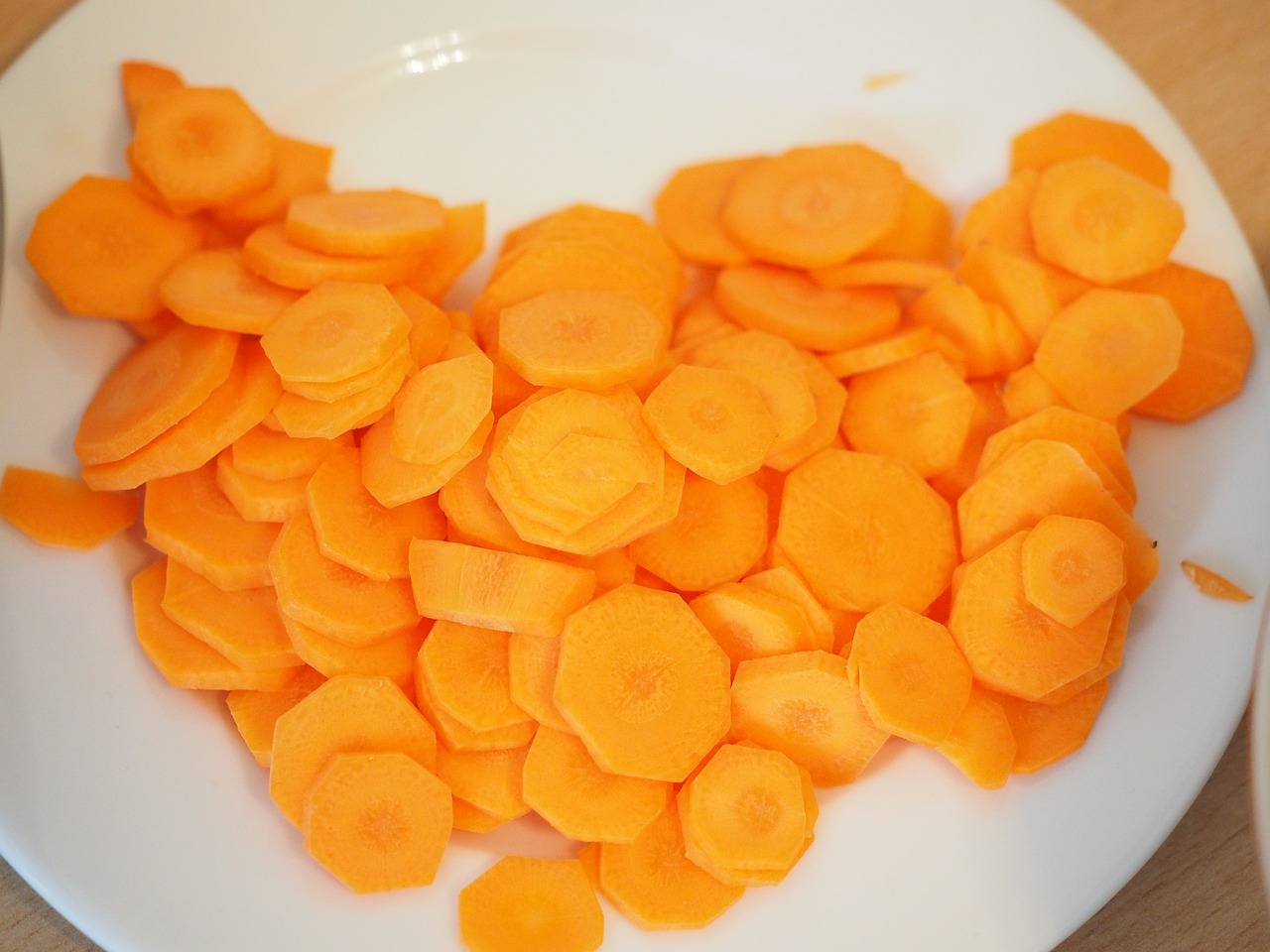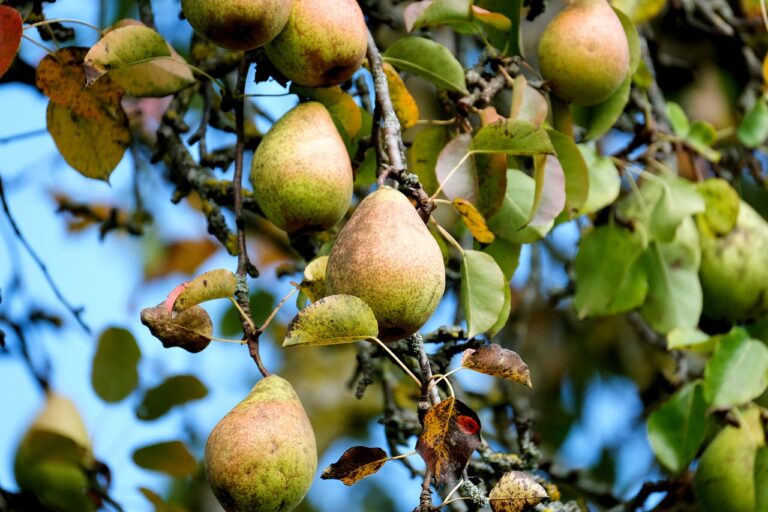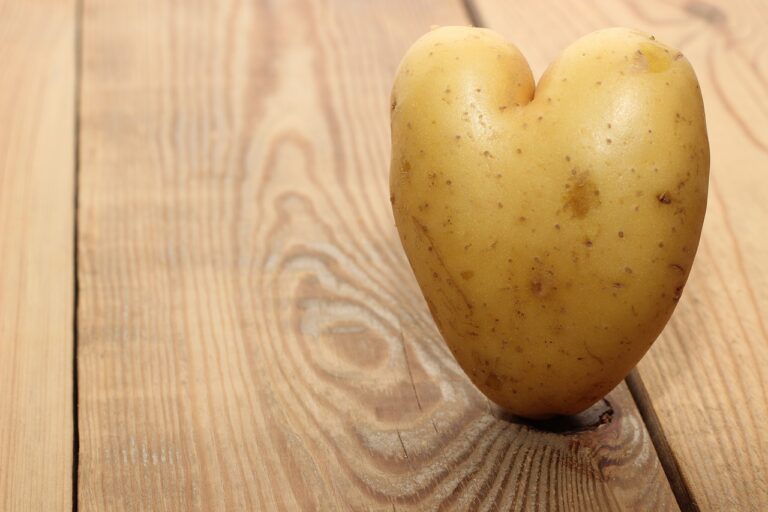Analyzing the Impact of Meat Processing on Wildlife Conservation: Betbhai 9, Playexch, Gold365.win login
betbhai 9, playexch, gold365.win login: Analyzing the Impact of Meat Processing on Wildlife Conservation
As human populations continue to grow, the demand for meat production has skyrocketed. With this increased demand comes the need for meat processing plants to keep up with supply. While the focus is often on the environmental impact of meat consumption, it is essential to also consider the effects that meat processing has on wildlife conservation.
Meat processing plants can have a significant impact on wildlife conservation in a variety of ways. From habitat destruction to pollution and waste management issues, the repercussions of these facilities on local ecosystems and wildlife populations are far-reaching. In this article, we will delve deeper into the impact of meat processing on wildlife conservation, exploring the various factors at play and discussing potential solutions to mitigate these effects.
Habitat Destruction and Fragmentation
One of the most significant impacts of meat processing plants on wildlife conservation is habitat destruction and fragmentation. These facilities require a substantial amount of space to operate efficiently, often leading to the clearing of large swaths of land for development. This can result in the destruction of critical wildlife habitats, displacing or even endangering vulnerable species in the process.
Additionally, the construction of meat processing plants can lead to habitat fragmentation, where once contiguous ecosystems are divided into smaller, isolated patches. This fragmentation can disrupt wildlife migration patterns, gene flow, and overall ecosystem resilience, making it more challenging for species to thrive in their natural habitats.
Pollution and Waste Management
Meat processing plants are notorious for their environmental impacts, particularly in terms of pollution and waste management. These facilities generate a significant amount of wastewater, blood, and other byproducts that can contaminate nearby water sources and soil if not properly managed. This pollution can have harmful effects on local wildlife populations, leading to habitat degradation and even species decline.
Moreover, the intensive use of antibiotics and hormones in meat production can further exacerbate the problem by creating antibiotic-resistant bacteria and disrupting natural hormone balances in wildlife. This can have cascading effects up the food chain, impacting predators and prey alike and ultimately threatening the health of entire ecosystems.
Climate Change
The meat processing industry is a significant contributor to climate change, with livestock production accounting for a substantial portion of global greenhouse gas emissions. The intensive farming practices associated with meat production release methane and nitrous oxide, potent greenhouse gases that contribute to global warming and climate change.
These rising temperatures can have profound effects on wildlife populations, altering their habitats, food sources, and breeding patterns. Climate change can also exacerbate existing threats to wildlife conservation, such as habitat loss, invasive species, and disease outbreaks, further putting pressure on already vulnerable populations.
Solutions and Mitigation Strategies
While the impact of meat processing on wildlife conservation is undoubtedly significant, there are steps that can be taken to mitigate these effects and promote sustainable practices within the industry. From implementing stricter environmental regulations to investing in innovative technologies, there are several ways in which meat processing plants can reduce their ecological footprint and protect wildlife habitats.
One potential solution is the adoption of more sustainable farming practices, such as agroforestry and regenerative agriculture, which can help restore degraded ecosystems and promote biodiversity conservation. Additionally, investing in renewable energy sources and implementing more efficient waste management systems can help reduce the environmental impact of meat processing plants and protect wildlife in the process.
Furthermore, increasing public awareness about the link between meat processing and wildlife conservation is crucial in fostering a sense of responsibility and accountability within the industry. By advocating for greater transparency and ethical practices, consumers can drive demand for sustainable meat products and incentivize companies to prioritize wildlife conservation in their operations.
In conclusion, the impact of meat processing on wildlife conservation is complex and multifaceted. From habitat destruction and pollution to climate change, the consequences of these facilities on local ecosystems and wildlife populations are significant. However, by implementing sustainable practices, investing in innovative technologies, and promoting consumer awareness, we can work towards a more sustainable future for both the meat processing industry and wildlife conservation.
FAQs
Q: What are the main ways in which meat processing plants impact wildlife conservation?
A: Meat processing plants can impact wildlife conservation through habitat destruction, pollution, waste management issues, and climate change.
Q: How can we mitigate the impact of meat processing on wildlife conservation?
A: We can mitigate the impact of meat processing on wildlife conservation by adopting sustainable farming practices, investing in renewable energy sources, and increasing public awareness about the issue.
Q: Why is it important to consider the impact of meat processing on wildlife conservation?
A: It is essential to consider the impact of meat processing on wildlife conservation because the consequences of these facilities can have far-reaching effects on local ecosystems and wildlife populations.
Q: What role do consumers play in promoting wildlife conservation in the meat processing industry?
A: Consumers play a crucial role in promoting wildlife conservation in the meat processing industry by advocating for sustainable practices, supporting ethical companies, and driving demand for environmentally friendly products.
Q: Can meat processing plants coexist with wildlife conservation efforts?
A: With proper regulations, sustainable practices, and a commitment to protecting wildlife habitats, meat processing plants can coexist with wildlife conservation efforts and promote a more harmonious relationship between the industry and the environment.
References:
– Food and Agriculture Organization of the United Nations. (2019). Livestock’s Long Shadow: Environmental Issues and Options. Retrieved from http://www.fao.org/3/a0701e/a0701e00.htm







